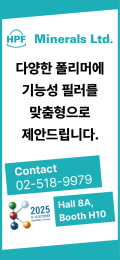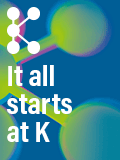뉴스 News
Business & people
news
Business & people
Ms. Kang
2017-07-18
Ms. Kang
2017-07-18
Ms. Kang
2017-07-17
강민정
2017-06-16
Ms. Kang
2017-06-13
Ms. Kang
2017-06-12
Ms. Kang
2017-06-12





















